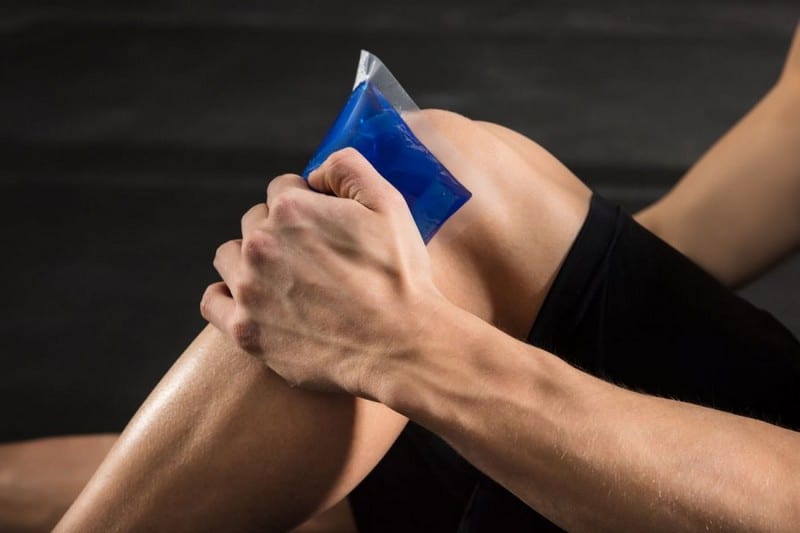Causes of knee pain vary from joint diseases to accidents. For example, a sprain results from a blow to the knee or an unnatural knee twist when squatting. It might be difficult for someone with a sprained knee to walk or put weight on the affected leg.
Pain and swelling in the joints are also symptoms of arthritis. Arthritis can affect any joint, including the knee. The cartilage is the tough but pliable tissue that lines and lubricates the ends of the bones in the joints. If this cartilage deteriorates, it may lead to osteoarthritis.
The likelihood of experiencing knee discomfort increases if you engage in strenuous physical activities. High-impact activities, such as running and lifting weights, may induce pain due to the repetitive stress they place on the lower limbs. Knee pain can also be a result of kneecap dislocation in accidents. It is also prevalent in obese people.
Depending on the cause of knee pain and the severity of the discomfort, the most appropriate home remedy or clinical treatment may vary. Topical application of essential oils and other herbs can help soothe and relieve symptoms, while counter medications are available for moderate pain. While it is usually manageable, medical treatment and physical therapy may be required in severe and chronic cases.
RICE

RICE stands for rest, ice, compression, and elevation. Regardless of the underlying issue, it is a well-known home remedy for knee pain. The body can repair itself while sleeping. It also helps to alleviate discomfort by reducing strain on the knee. Walking and other minimal activities may be continued as long as they do not put tremendous pressure on the knee.
Next, ice may help by blocking the nerve impulses that cause the symptoms. It can reduce blood flow, which may aid with inflammation. Ice packs are available in most drugstores, or you can use a bag of frozen peas or a cool cloth at home. Put a small cloth or napkin on the skin before applying the cold pack to avoid burning. However, if this doesn’t work, try using ice for shorter durations. In some cases, this alone is sufficient to alleviate pain.
Compressing the joint can also help reduce inflammation. You may wrap the affected region with a medical bandage. The discomfort might be exacerbated if it is excessively tight, and ineffective if too loose.
Elevating the leg can also lead to reduced blood flow and less lymph and tissue fluid accumulation around the injured knee. The afflicted knee must be raised above the chest level to lessen the swelling and inflammation.










